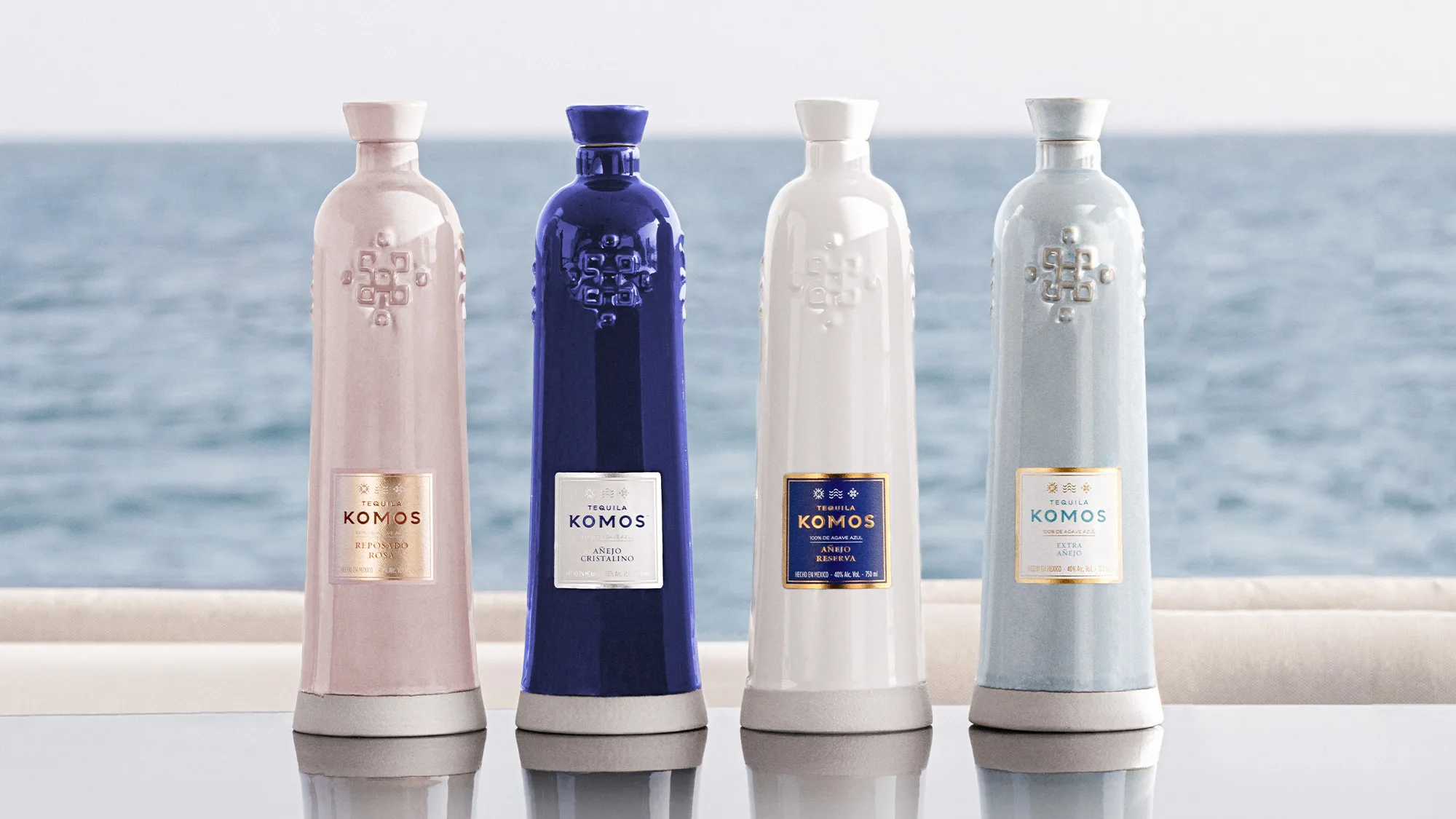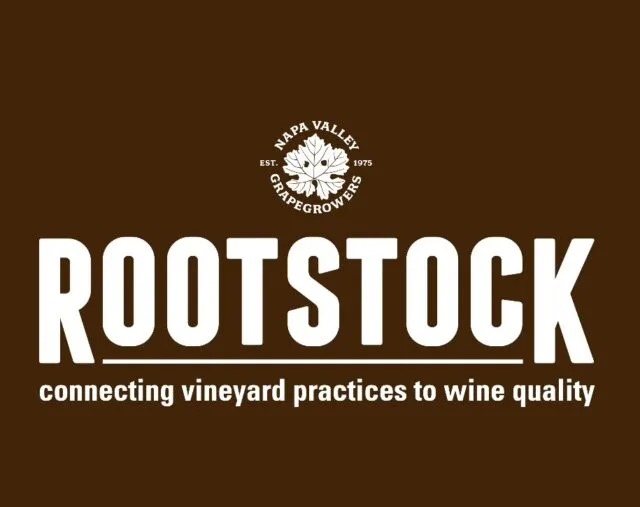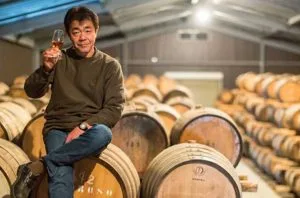There’s something of a barrel bias in the spirit industry.
Speaking broadly, whiskey sees the inside of all sorts of casks, which may have previously held anything from Oloroso sherry to Armagnac. Meanwhile, tequila — if it’s aged at all — is typically splashed inside of an ex-bourbon barrel to produce a reposado or añejo that comes out a little darker, richer — and whiskey-ish.
That barrel aging has been used as a one-trick pony by so many tequila producers for so long makes the entry of Tequila Komos into the market all the more refreshing. The key difference is that Komos doesn’t approach barrel aging like a typical tequila producer but rather a winemaker. Its entire range of ultra-luxury tequilas — consisting of a Reposado Rosa, Añejo Cristalino, Añejo Reserva, Extra Añejo, and XO — experiences distinctive maturation in French oak casks that had previously held wine. Each expression adheres to a specific and meticulous aging process, resulting in distinctive flavor profiles. Some expressions take years to make, while others rest in both wine and spirits barrels. No matter the formula, one thing is certain: Komos has barrel-aged tequila down to a science.
The Barrel-Aged Difference
“Traditionally, people have equated the aging of tequila with bourbon barrels because that was just a done thing,” says Ria Soler, who serves as director of education for Komos. “What we now see with Komos






